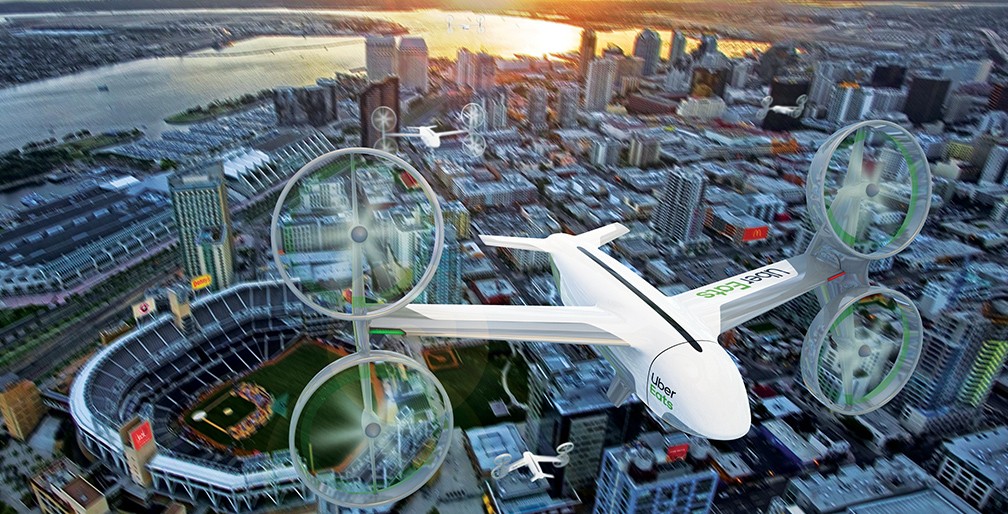Online food delivery is shaking up the restaurant industry—a trend that has only been reinforced by the COVID-19 pandemic. Online delivery isn’t new—think Chinese takeout and pizza delivery—but the advent of platform-to-consumer (Uber Eats, Grubhub, and DoorDash) is transforming the delivery market. According to research from market and consumer data company Statista, the global online food delivery services market is projected to reach $136 billion in 2020, at a growth rate of 7.5%.
Where the growth is
Global revenue for platform-to-consumer delivery has likely topped that of restaurant-to-consumer, Statista reports. Revenue in 2020 was projected to be about $70 billion for the former, compared to some $65 billion for the latter. Growth in the future also looks to favor platform-to-consumer, with Statista projecting an annual growth rate of 8.2% versus 6.8% for restaurant-to-consumer delivery.
In terms of international market volume, China leads in online food delivery with more than 55% of the global share, followed by the United States with about a third of the market, according to Forbes magazine. Europe and the rest of the world make up the remainder.
Restaurants react
Don’t look for the growth trend to slow: Some estimates project a $200 billion market for online food delivery by 2025. Investors are helping to fuel this growth, pumping more than $9 billion into online food delivery.
Amid all the uncertainty, one thing is clear: Competition in the online food delivery space will only intensify.
What’s a restaurateur to do? Many are partnering with the platforms, but the commissions the platforms charge can take up to 30% of a restaurant’s revenue. Ghost kitchens, which serve only online orders, may be an alternative. They offer potentially lower overhead and faster startup times and are growing in Asia and the United States.
Competition heats up
Competition in the online food delivery space will only intensify. In addition to the current players, hospitality kitchens are tapping their extra capacity to make deliveries, companies including Uber Eats are exploring the use of delivery via robots, and automotive manufacturers are jumping in with autonomous services of their own.






